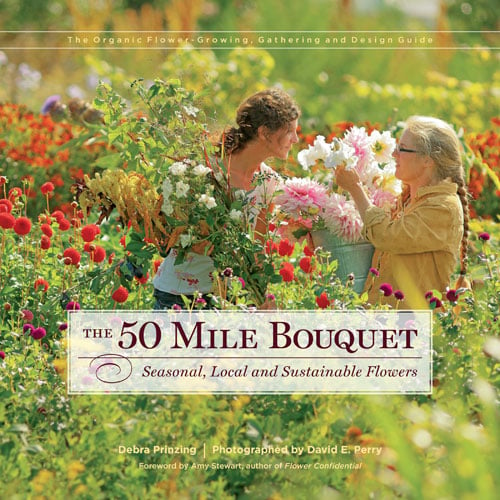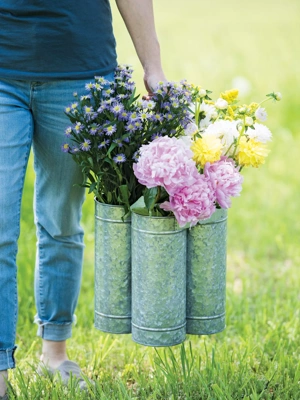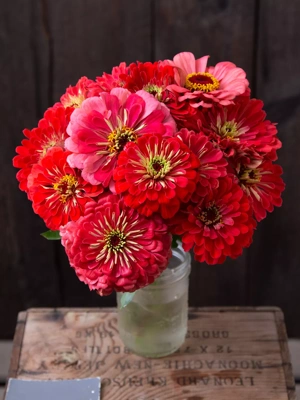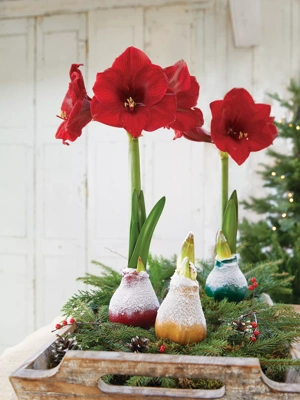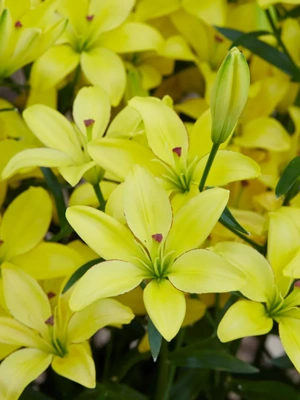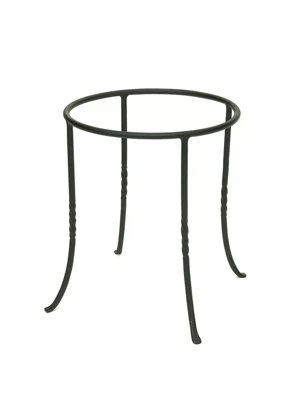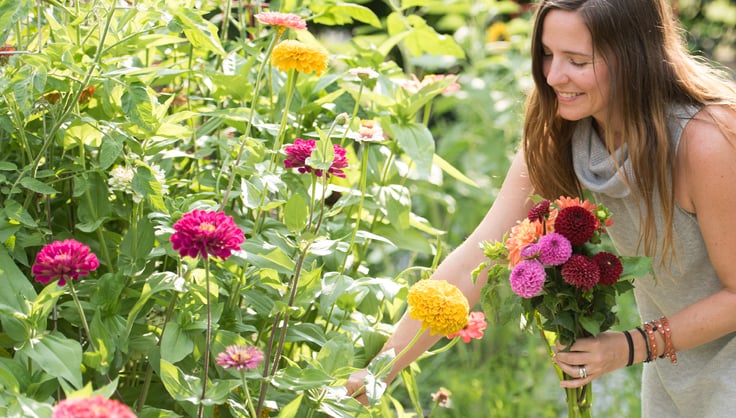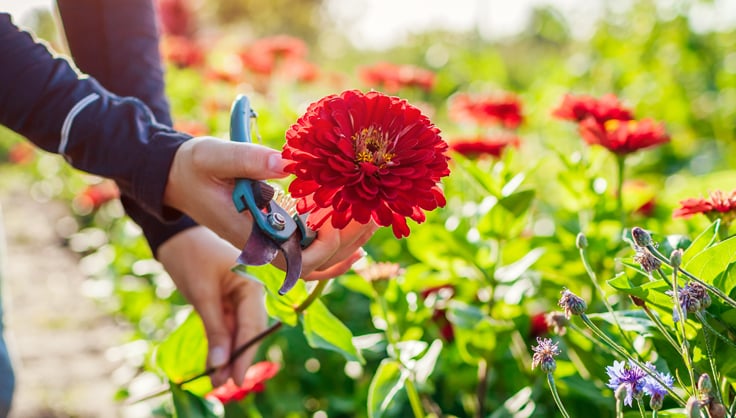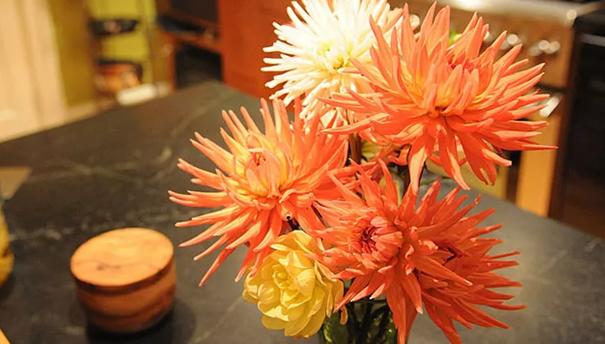Eco-Friendly Flower-Arranging Techniques
Use old-fashioned and new-fashioned devices to create great-looking bouquets
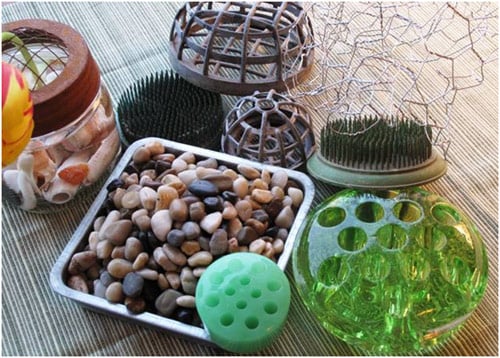 A selection of things I use to stabilize flower stems and avoid using traditional florist's foam.
A selection of things I use to stabilize flower stems and avoid using traditional florist's foam.In recent years, it's been easier to find sustainably grown flowers for bouquets. Many florists are offering them — if asked — and seasonal farmers' markets are abundant with gorgeous blooms. And, don't forget the harvest from your own backyard cutting garden.
For arrangements, florists often use a foam block to keep stems in place. I like to use a more eco-friendly way to stabilize flower stems because many of the blocks are formaldehyde-based and don't break down in landfills.
Pam Zsori of Ink & Peat Home + Floral in Portland, OR, discusses eco-friendly alternatives to traditional floral foam.
Six Alternatives to Florist Foam
- Insert stems into pebbles, sand, gravel or marbles placed in the bottom 1/4 or 1/3 of the vase.
- Use pliable twigs like curly willow to wrapped inside of the vase as a basket weave-like framework for your other flower stems.
- Fill the vase with excelsior, also called wood aspen. This type of shredded wood is often used to ship wine bottles — and it's biodegradable (you can also find wood aspen at craft stores). Once you tease apart the tangle of fibers, place them in a vase and insert floral stems into the material. When your arrangement is ready for the compost heap, you can toss everything.
- Use an old-fashioned flower frog in the vase. These come in ceramic, glass or metal and can often be found for a few bucks at flea markets or garage sales. One of my favorites is a half-dome metal cage, which is heavy enough to sink to the bottom of the vase. With 3/4-inch square openings, the frog is ideal for stabilizing flowering branches and other woody material.
- Cut some foliage. I often start an arrangement using soft, fluffy foliage as the "base" that peeks over the rim of the vase. For winter and early spring arrangements, dusty miller is a nifty choice. It is lacy and soft — and it lasts up to two weeks in a vase. Later in the season, I'll use lady's mantle, valued for its chartreuse foliage. Once you fill the opening of the vase with the cut foliage, all the other flower stems can poke through and they will remain in place.
- Ball up a section of chicken wire. Another time-honored trick for stabilizing especially larger arrangements and bouquets in wide-mouthed vases, chicken wire comes in rolls from the hardware store. Use wire cutters to trim a 12" to 15" length of it (use gloves to protect your hands from scratches). Gently form the piece into an open "ball" shape and insert it into the container or vase. Make sure that a portion of the chicken wire emerges above the rim so that when you place stems, foliage and twigs through the openings, your arrangement looks full.
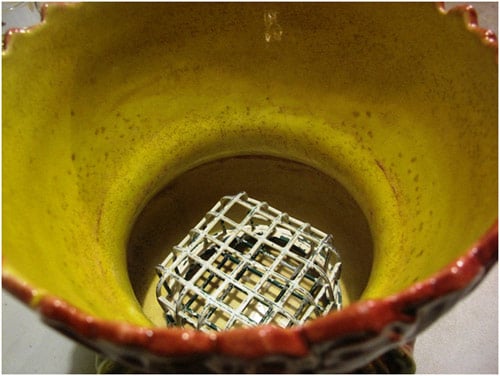
The flower frog sits at the bottom of the cachepot
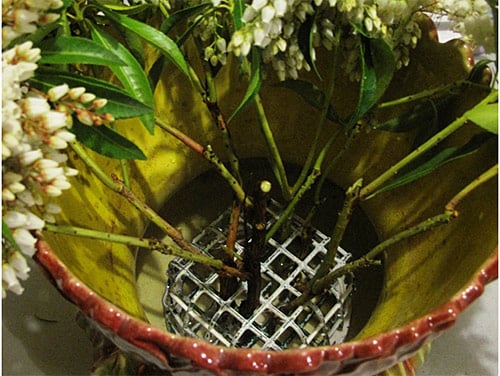
Stems of pieris are secured in the grid of the frog.
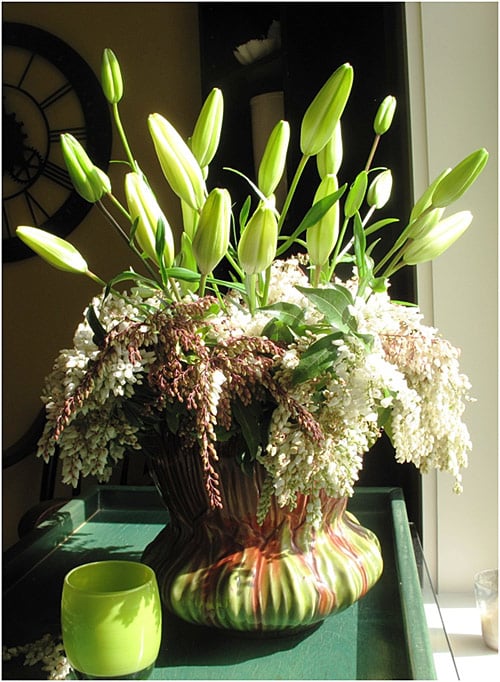
The finished result features pieris from my garden and lilies grown in a local greenhouse.
Photos: Debra Prinzing
Last updated: 08/03/2023
Print this Article:
Related items
Related Articles
Get the Dirt
Stay up to date on new articles and advice. Please fill out the information below.


